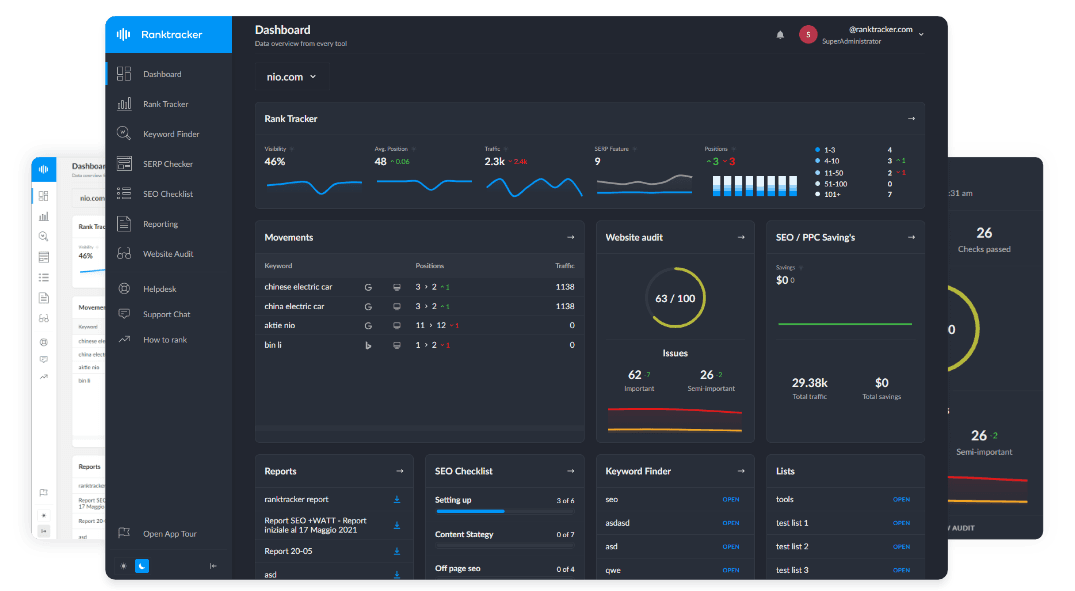Intro
Ad placement plays a crucial role in maximizing your AdSense revenue. Properly positioned ads improve visibility, click-through rates (CTR), and overall earnings while maintaining a good user experience. This guide outlines the best practices for placing ads effectively on your website to boost AdSense revenue.
1. Prioritize Above-the-Fold Placement
Ads placed above the fold (the part of the webpage visible without scrolling) tend to perform better because they are immediately visible to users.
Tips for Above-the-Fold Ads
- Place a banner ad at the top of the page, either as a leaderboard (728x90) or a responsive ad unit.
- Use an in-content ad just below the title or introduction of your articles.
- Ensure the ad doesn’t overshadow the main content, maintaining a balanced layout.
2. Leverage In-Content Ads
In-content ads, integrated within your website’s content, are highly effective because they appear naturally as users scroll through the page.
Best Practices for In-Content Ads
- Insert ads between paragraphs, ideally after the first or second paragraph.
- Use responsive ad units to ensure proper display on all devices.
- Limit the number of in-content ads to avoid overwhelming readers.
3. Optimize Sidebar Placement
The sidebar is a prime location for displaying ads, especially on desktop versions of your website.
Sidebar Ad Tips
- Place a vertical ad unit, such as 300x600 or 160x600, in the sidebar.
- Position the ad near the top of the sidebar for maximum visibility.
- Ensure the sidebar doesn’t contain too many ads, which could reduce engagement.
4. Use Sticky or Anchor Ads
Sticky or anchor ads remain visible as users scroll, increasing their chances of being clicked.
Where to Use Sticky Ads
- Place sticky ads at the bottom of the screen for mobile users.
- Use side anchor ads on desktop for non-intrusive visibility.
- Ensure these ads comply with AdSense policies, avoiding overlap with navigation or content.
5. Experiment with Ad Sizes and Formats
AdSense offers various ad sizes and formats, and choosing the right ones can improve performance.
High-Performing Ad Sizes
- Large Rectangle (336x280): Ideal for in-content placement.
- Leaderboard (728x90): Works well above the fold.
- Mobile Banner (320x100): Effective for mobile traffic.
Ad Formats to Consider
- Responsive Ads: Automatically adjust to fit different screen sizes.
- Native Ads: Blend seamlessly with your website’s design for better engagement.
- Matched Content Ads: Promote related content while displaying ads.
6. Balance Ad Density
Too many ads on a page can negatively affect user experience and engagement, potentially lowering your revenue.
Balancing Tips
- Follow AdSense policies that limit ad density, ensuring ads occupy no more than 30% of the page.
- Avoid placing ads too close to navigational elements or CTAs to prevent accidental clicks.
- Prioritize quality over quantity, focusing on strategic placements rather than maximizing ad numbers.
7. Optimize for Mobile Users
With a significant portion of traffic coming from mobile devices, mobile optimization is essential for effective ad placement.
Mobile Ad Tips
- Use responsive ad units to ensure compatibility across devices.
- Place anchor ads at the bottom of the screen for better visibility.
- Minimize intrusive interstitial ads that could disrupt the user experience.
8. Test and Monitor Ad Performance
Regular testing and analysis help identify the most effective ad placements for your audience.
How to Test Ad Placements
- Use AdSense Experiments to compare different ad positions and formats.
- Analyze metrics like CTR, RPM, and bounce rates to evaluate performance.
- Continuously refine your ad strategy based on data insights.
9. Avoid Ad Clutter
A cluttered page with excessive ads can harm user experience and lead to lower engagement or penalties from AdSense.
Clutter-Free Design Tips
- Limit the number of ads to maintain a clean and professional layout.
- Use white space effectively to separate ads from content.
- Focus on delivering high-quality content to keep users engaged.
10. Ensure Compliance with AdSense Policies
Ad placements must adhere to Google AdSense policies to avoid account suspension or penalties.
Key Policy Guidelines
- Avoid deceptive placements that trick users into clicking ads.
- Ensure ads are clearly distinguishable from your website’s content.
- Do not place ads on pages with prohibited content, such as adult material or copyrighted works.
Conclusion
Effective ad placement is key to maximizing AdSense revenue. By prioritizing strategic positions like above-the-fold, in-content, and sidebar ads, and optimizing for both desktop and mobile users, you can significantly boost your earnings. Regularly test and analyze your placements, maintain a clutter-free layout, and adhere to AdSense policies to ensure long-term success. Implement these best practices to create a balanced website that benefits both your revenue and your audience.

